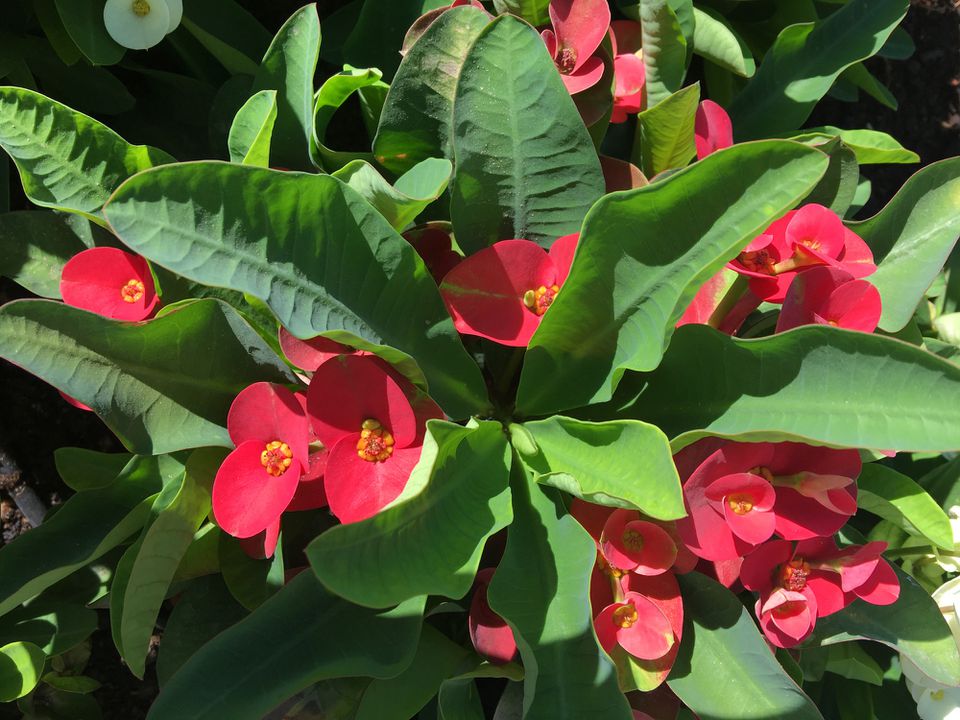Crown Of Thorns Euphorbia Growing Tips and Care
Crown of thorns also known as christ plant. Plants are used as decoration. They really are desert plants or dryland plants, so they don’t grow with any shade. They really prefer bright, sunny conditions. The other thing they really like dry mainly because wet feet and Euphorbias don’t go together very well.
I read in one Newspaper website that, These plants have been used for many years, throughout the Victorian era right up to the present day and passed down from generation to generation because of their endurance and the indestructibility. This plant is very difficult to kill. It’s doesn’t require much take care of as other plants need. Recommend a plant for any new beginner.
- Euphorbia milii ‘Splendens’
- Euphorbia Splendens
- Confetti
- rose variety and many more comes in various varieties.
Crown Of Thorns Care and grow
Many times people will put them out for the summertime nothing wrong with that. Summers usually warm, but bring them in early, don’t let them go into the fall where there’s cold, damp, wet weather that they’re constantly subjected to.
1. Insects and disease
As far as insects go, they are pretty much insect free, occasionally you can see some spider mite on them but it’s not highly susceptible, and they can get whitefly that also is a problem.
If plants have had mealybug or there is mealybug nearby they can actually affect the plants also but they are not terribly insects.

2. Flower
They also produce beautiful flowers and the flowering cycle as long as the temperatures are warm enough and the sunlight is high enough will continue throughout the year. The flowers often will open light and then darken as they as they grow older. So they’re really an ever-blooming plant.
3. Fertilizer
In terms of growing them, they do need fertilizer. Small amounts added to the water during the summertime. When they are inactive growth is a really good idea. And don’t do it heavy because remember you’re growing them quite dry, and they are not really terribly fast-growing plants relative to many other plants.
4. Water
So just go easy on it. May be every other watering, you could add a little fertilizer to the water 1/4 of a teaspoon to the gallon. If you are going to top-dress just go light on it when you are adding the feed to plant.

5. Pruning
As far as pruning goes they do need pruning. They grew straight up but sometimes they start growing many stem on the other side that causes break happening.
In this case, you can chop it right above that break and all this growth out of the side nodes thus this will fill the plant out.
6. Propagation
A milky sap comes out of it that’s typical of Euphorbias. The Poinsettia family does that also. Its latex which can stick to you so always wears gloves. Propagation of this plant is so easy. You can propagate through the stem or from cuttings.
Take stem from the plant and put it into the water to stop the milky sap. And let them dry. Leave this for maybe three or four days. Let that really dry in form of callus and then stick it into some potting medium. After a few days, the root will grow.
Tips: – Grow this plan to decorate your home or garden but be careful of this plant as they are poisonous. Protect your body part like eyes, skin, mouth while cutting or pruning the plant. Keep away your child from this plant.
You may also like- How to Create a Wildlife Garden?








